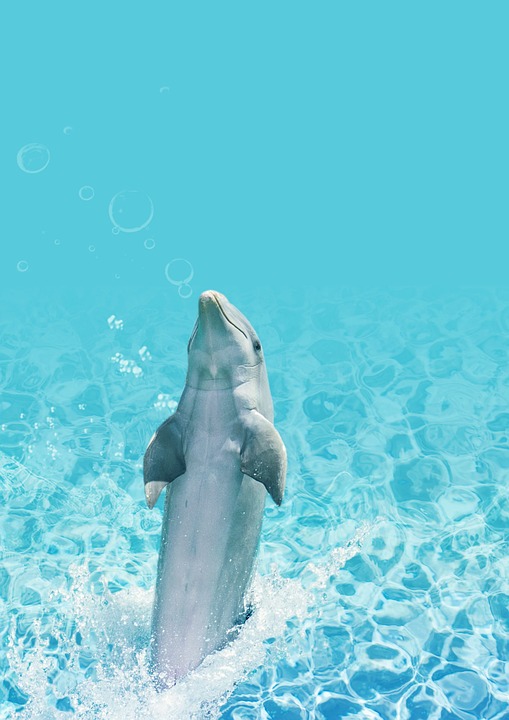Fish Health: How to Recognize and Address Fish Tank Popeye Disease
Subtitle: Understanding and Treating Popeye Disease in Aquarium Fish
Introduction:
Maintaining fish health in aquariums is crucial for the well-being of our aquatic friends. One common ailment that can affect fish is Popeye Disease, which manifests as swollen and protruding eyes. In this article, we will explore how to recognize Popeye Disease, its causes, and the necessary steps to address it promptly.
Recognizing Fish Tank Popeye Disease:
Symptoms of Popeye Disease:
The most obvious sign of Popeye Disease is bulging or protruding eyes in fish. Other symptoms include swollen and cloudy eyes, discoloration or redness in the affected area, and in severe cases, eye damage or loss.
Common Causes of Popeye Disease:
Popeye Disease can be caused by bacterial or fungal infections, poor water conditions such as high ammonia or nitrate levels, physical injuries or trauma to the eye area, and nutritional deficiencies.
Addressing Fish Tank Popeye Disease:
1. Quarantine and Isolation:
When a fish is diagnosed with Popeye Disease, it is crucial to isolate it from the rest of the aquarium inhabitants. Setting up a separate quarantine tank with proper filtration and water conditions will prevent the spread of infections and allow for focused treatment.
2. Water Quality Management:
Regular water tests should be conducted to monitor ammonia, nitrate, and nitrite levels. Performing partial water changes will help maintain optimal water quality. Avoid overfeeding and excessive accumulation of uneaten food and waste, as these can contribute to poor water conditions.
3. Medication and Treatment:
Consulting a veterinarian or aquatic specialist is vital for proper diagnosis and treatment recommendations. Antibiotics or antifungal medications may be prescribed, and it is crucial to follow the dosage instructions and complete the entire treatment course.
4. Enhancing Immune System and Nutrition:
Proper nutrition plays a significant role in the health of aquarium fish. Providing a balanced and varied diet ensures that the fish receive essential nutrients. Supplementing the fish’s diet with immune-boosting additives or vitamins can strengthen their immune system. Additionally, maintaining a regular feeding schedule and avoiding overfeeding is essential.
FAQs about Fish Tank Popeye Disease:
Q1. Can fish tank Popeye disease be contagious to other fish?
It is possible for infections to spread to other fish, which is why isolation and quarantine are crucial when dealing with Popeye Disease. Separating the affected fish prevents the spread of infections to healthy individuals.
Q2. How long does it take for fish tank Popeye disease to heal?
The healing time for Popeye Disease varies depending on the severity of the disease and the effectiveness of the treatment. With prompt and appropriate treatment, fish can often make a full recovery. However, in some cases, permanent eye damage or loss may occur.
Q3. Can Popeye disease be prevented in fish tanks?
While it may not be possible to prevent Popeye Disease entirely, proactive care and regular monitoring can minimize the risk. Maintaining optimal water quality, performing regular water tests, and providing proper nutrition are essential preventive measures.
Q4. Are there any home remedies for treating fish tank Popeye disease?
It is strongly advised to seek professional advice and medication from a veterinarian or aquatic specialist. Home remedies are often unproven and may exacerbate the condition or delay proper treatment.
Q5. Can fish fully recover from Popeye disease?
With prompt and appropriate treatment, fish have a good chance of fully recovering from Popeye Disease. However, in severe cases, permanent eye damage or loss may occur.
Conclusion:
Recognizing and addressing Popeye Disease in aquarium fish is crucial for their overall health and well-being. Regular observation, water quality management, and prompt veterinary consultation are essential steps to ensure optimal fish health. By providing the necessary care and attention, fish owners can help their aquatic companions recover from Popeye Disease and thrive in their underwater homes.









